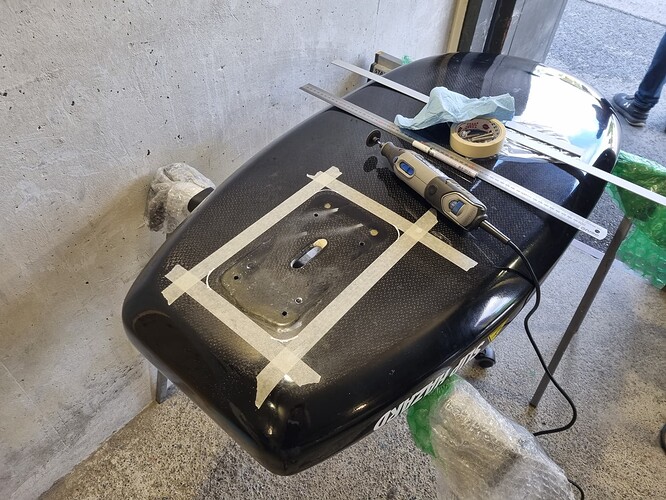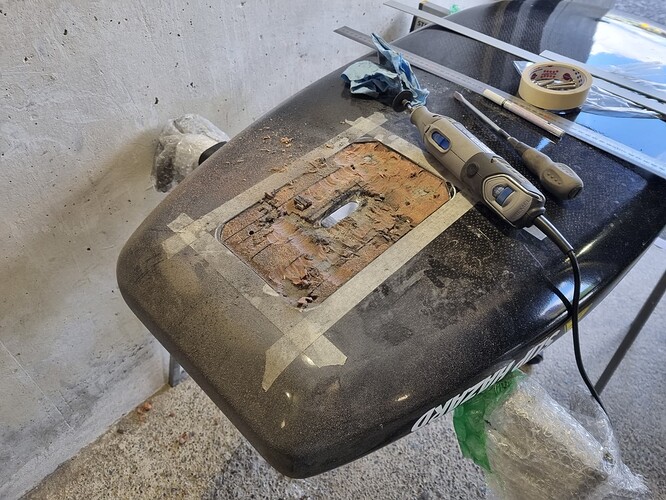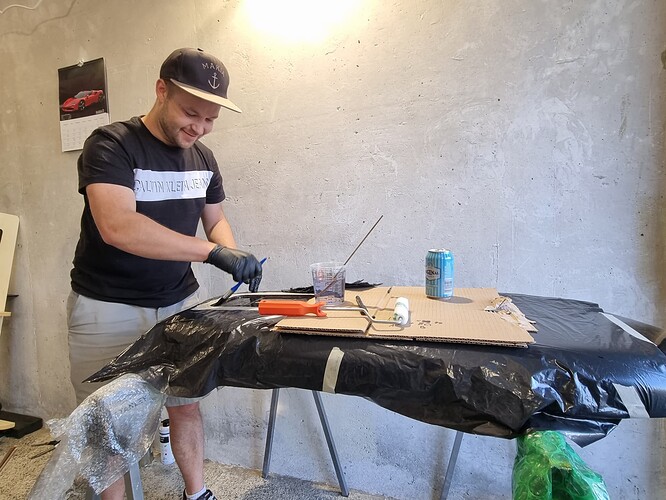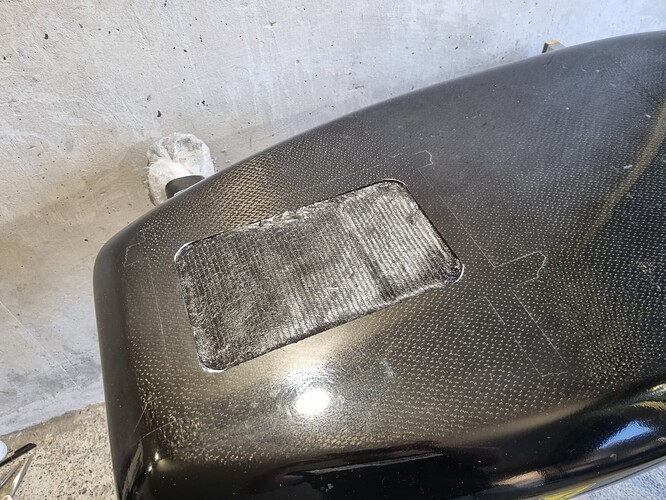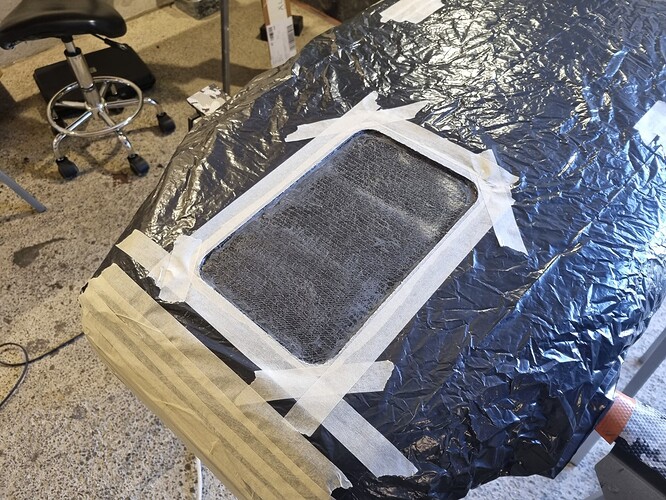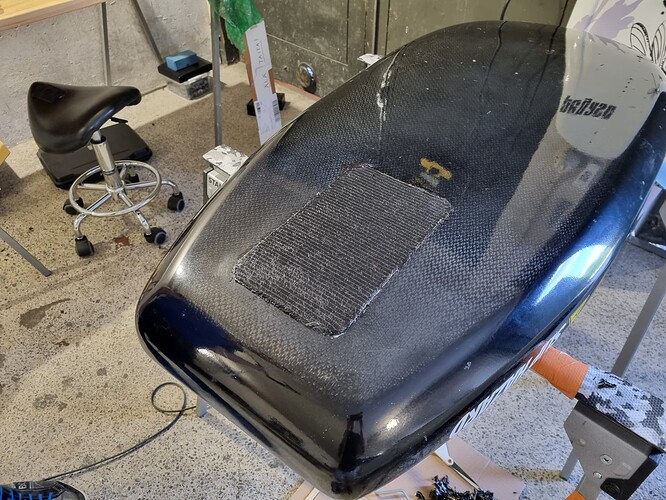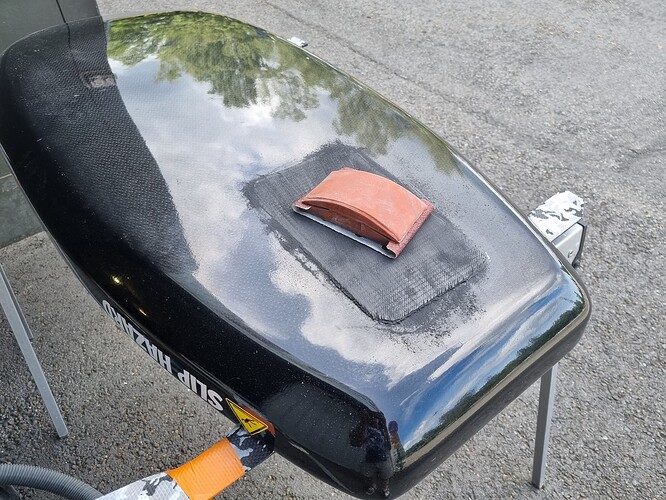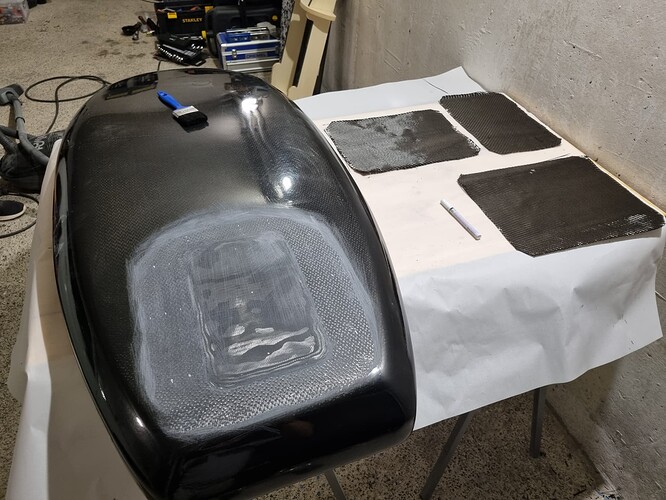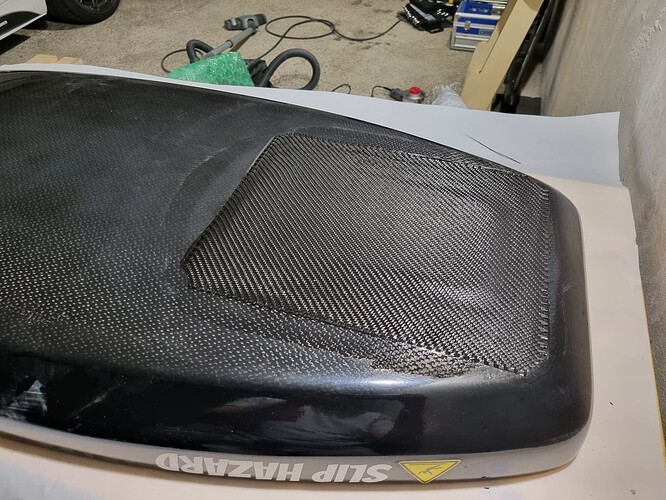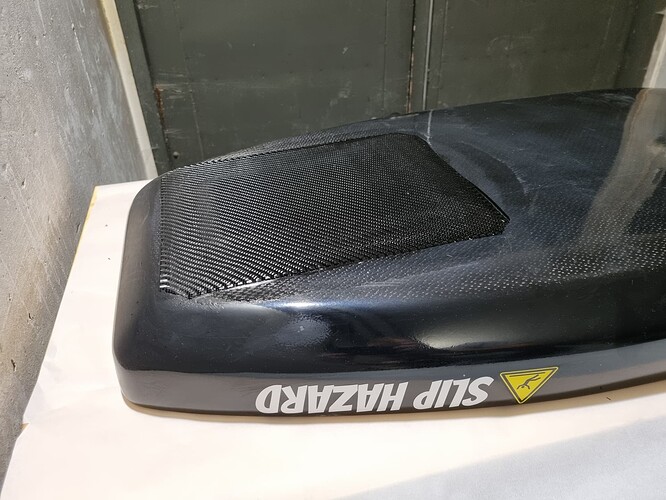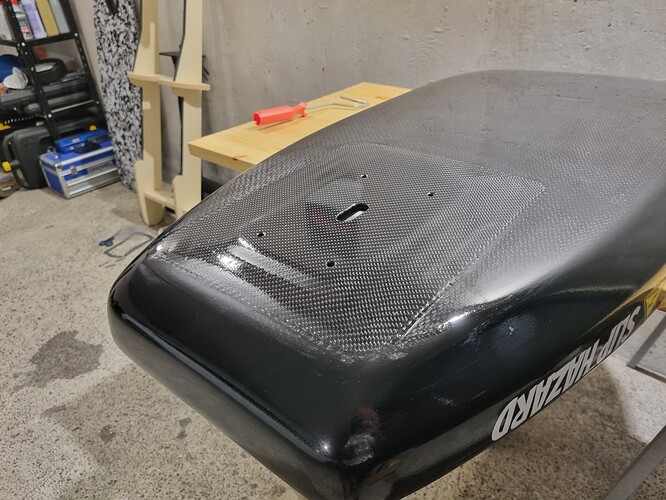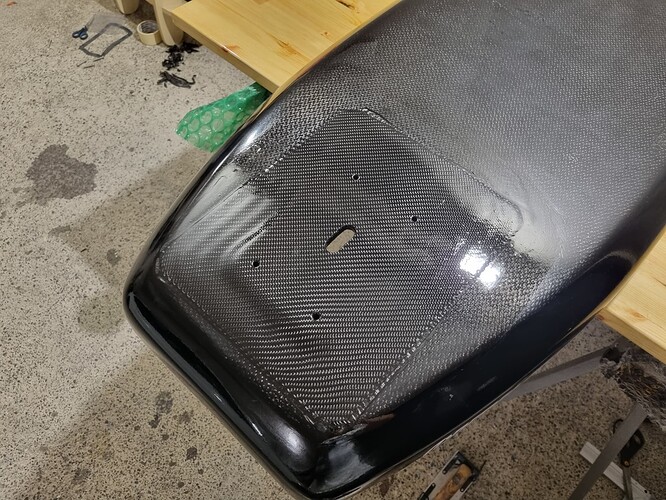Wow! Very impressive! I need to invest in a helmet. Could you share the entire log (link)?
Up to 40km/h is OK with my setup, needed to ajust the backwing to have less lift at high speed.
Crashes below 35km/h are not too hard but above it can hurt. It is important to protect the eardrums, either with ear plugs or pads in the helmet.
Just out of curiosity how many years, sessions etc did it take you to get to the level of speed?
It all depends on your willingness to get slammed😄
I got a concussion a while ago and after that a harder fall isn’t worth it, it’s the end of my riding that day basically…
However, I find that the faster wings get stable at high speed so it can be a duller feel in the riding than one might expect. When in doubt, throttle it out!
I wonder if there is graph somewhere that shows learning curve vs pain threshold! 
“ When in doubt, throttle it out!”
There is a lot of truth in that as there are times when letting off at the wrong time causes the crash in any speed related activity.
32km ride with the Veloce MT + Fast 40cm wing. Very choppy weather, but also very fun. Seems like the wing wants to go fast, like discussed earlier. 25-30km/h produces the best efficiency I have ever seen, sometimes under 40 Wh/km. But at 20km/h, the Curve MT + Fast stab is more efficient. I don’t know which setup I like more 
Veloce MT + Surf stab felt held back by the stab. The Curve MT + Fast stab was a really fun and carvy setup, suitable for some longer exploration as well.
My board has a sandwich structure, and it seems that the foam core wasn’t strong enough around the front of the mast mount. I noticed that the bottom of the board had a slight dent around the front of the foil mount. So I decided to tear the foil mount section open and make a solid core around the area with epoxy resin + CF. I am using 600g CF for the core and 200g CF for the outside section (pictures coming later). Here is my current progress. External layers will bond the solid section into the original exterior CF.
Second round of 600g CF. Added three full layers and one shorter layer to even out the surface. The idea is to have a raised section towards the rear of the board, and have the CF flush with the original exterior surface on the front of the board. This creates a good mounting angle for the mast. Now waiting for the epoxy to cure.
Three final layers of 200g CF done. After curing I will inspect the surface, sand the edges and possibly add another layer of epoxy as a finishing touch.
Done for now. I am eager to get back to eFoiling because the season in Finland is short. I’ll blend the clearcoat during the winter. I am very happy with the modification.
Looks great. Gonna take some crazy riding to tear that up!
So looking for info on first ride on the “new” ride??? 
Currently doing a final cure on the Sika CR75 epoxy. It requires 16 hours at a higher temperature to reach full hardness. I am using a few 50W work lights and a makeshift “hot box” to elevate the temperature.
What’s the famous line in Game of Thrones - Oh yeh - WINTER IS COMING! 
Get out and ride while you can - make it pretty when the water is hard
Just kidding of course - You do you
@jkoljo hi ! I receive my iLogger (infinity logger) from wavrx but I need to bluetooth pairing code. Do you know it please ? thanks for your help
Hi, the iLogger should come with the code. Mine was printed on a small piece of paper. It was in the ESD bag with the iLogger unit. However, it’s a dead project. I switched to Metr Pro CAN. I highly recommend the Voyage Systems Minnie, which is a successor for the Metr Pro. If you can still return your iLogger, I suggest to do so.
Damn! I thought it was a good choice. Minnie is super expensive for such hardware. I don’t understand the value. There’s nothing really innovative behind it (like machine learning or something) and the code is closed, which is a shame. I’d really appreciate feedback on the real value of such a logger (versus the iLogger infinity for example)
Thanks for your help and feedback !
You support SW developpment when buying the HW. Good SW makes the difference. Metr is also very convenient in the way you can share logs. Switching between different vesc profiles (modes) and change any vesc parameter on the mobile phone is also handy.
So the only difference with infinity iLogger, as I understand it, is the on-the-fly modification of VESC parameters.
As for the quality of the software development, and because it’s my day job, I could agree, but honestly, in this case, I need convincing. 130€ with postage for France - twice the price of the Infinity… Log sharing, OTA firmware update, dashboard logs already exist on inifinity… Even though the iLogger Infinity is not open source, the code seems to be of high quality. The only drawback I can see is that the version of VESC supported by iLogger is 5.2 max, but I haven’t checked that thoroughly.
For these two recorders (iLogger and Minnie), we don’t know the frequency of the recorder, which is the most important parameter.
Neither of these devices has a high-precision accelerometer, gyroscope or barometer to analyse foiling attitude.
All this in balance means that I’m going to wait and test the iLogger Infinity. thanks for advice 
